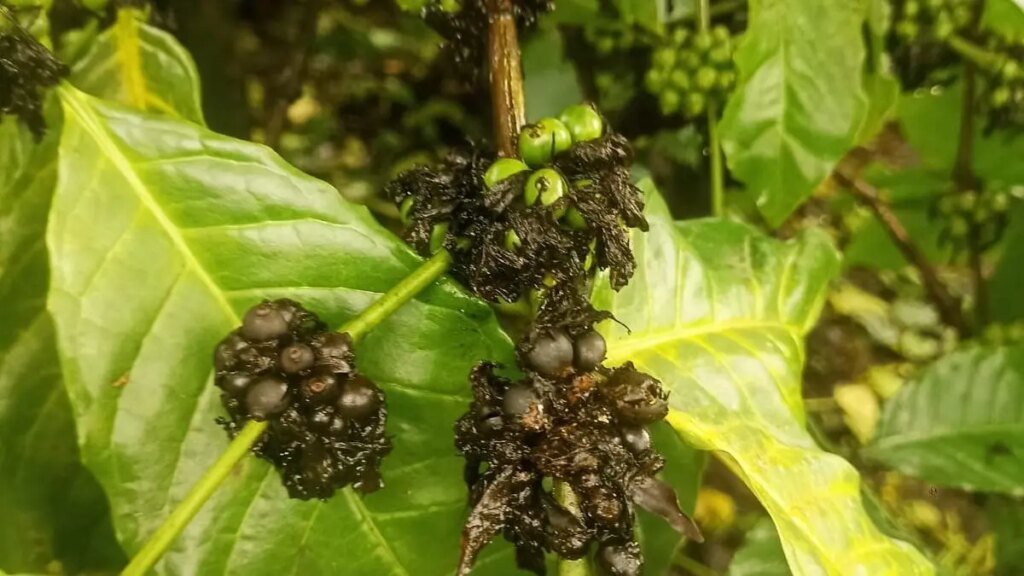The anti-rot police: Swetha Sivakumar on how produce stays so fresh these days
Something we don’t often think about is how long it’s been since a fruit or vegetable we are about to eat was harvested. The answer can range from a few weeks to several months.
This wasn’t always the case. Shelf lives were much shorter, for those fruits and vegetables that are susceptible to decay, heat and mold. The produce hasn’t changed. So what has?
Before we get to the new methods, a quick primer. The key difference between produce that needs after-care and produce that thrives for weeks, just sitting in a basket, is function. What did nature intend that fruit, bulb or tuber to do?
Most fruits and vegetables are designed to spill their seeds soon after they hit the ground, and nourish them with their pulp and high water content. For these reasons, their exteriors essentially melt away in a matter of days, particularly in the presence of oxygen and warmth.
Dry staples such as rice and dal, onions and potatoes, are nature’s own cold storage. They are meant to lie dormant, through heat, humidity and often freezing winters, to eventually nourish the plant over time, as it grows.
So dry staples are best left at rest, in room temperature. For fruits and vegetables, meanwhile, refrigeration works well because cold slows the respiration rate, or the rate at which the produce interacts with oxygen. By doing this, it delays decay.
Another way to reduce a fruit’s respiration rate is to simply give it less oxygen to breathe.
Apples, for instance, are now preserved for months, using a technique called controlled atmosphere (CA) storage. Where normal air contains about 78% nitrogen, 21% oxygen and 0.04% carbon-dioxide, CA storage reduces oxygen levels to just 1% to 3%, replacing it with nitrogen or CO2. Temperature and humidity are also carefully regulated, to keep the produce in a state of suspended animation.
What’s interesting is that, if a person were to walk into a CA chamber without protective gear, they could suffocate. But plants handle low-oxygen environments extremely well. They essentially hibernate.
With the right composition of air, wholesalers are now able to keep apples for up to a year; and avocados can be kept for up to nine weeks.
It doesn’t always take an entire chamber. Individual packages filled with modified air also work well, in a technique called modified atmosphere packaging (MAP). Salad greens and pre-cut vegetables are often sold in MAP bags, which is why they stay so “surprisingly” fresh on the shelf, and start aging at such a different rate once the bag is opened.
Slowing respiration is just one part of the solution, though. One must also watch out for factors that can independently speed it up. The biggest such factor is physical damage like bruising or crushing, which activates stress hormones in produce, causing them to “breathe” faster, ripen and spoil more quickly, and makes them more vulnerable to microbial invasion.
This is why delicate items such as berries and salad greens sometimes come in clamshell packaging, and it’s why foam netting is wrapped around papayas and mangoes.
Other methods used draw inspiration from vegetables that tackle exposure well.
Capsicums and certain cucumbers, for instance, have thick waxy skins that help them retain moisture and keep from drying out. So, delicate items such as the thin-skinned and water-heavy English cucumber are now coated in edible wax, to reduce moisture loss and keep them crisp and fresh.
Back to the fruit’s original mission of spilling its seeds, there’s one more thing to watch out for in this regard: some fruits such as bananas and apples release a hormone called ethylene to trigger ripening and aging. Left unchecked, this hormone, released as a gas, can trigger aging in nearby plants and vegetables too. (Just place the bananas near the lettuce, cabbage and broccoli and watch them wilt.)
Knowing this has helped scientists counter this effect as well. A gas called 1-MCP (1-methylcyclopropene) is now used to block ethylene receptors. Ethylene absorbers are also used in crates of fruit, to reduce the gas’s effects. On the flip side, ethylene gas is sometimes added to a crate, to force produce to ripen quickly, just before it is put on a shelf.
In these ways, fruits and vegetables are kept fresh long after they leave the farm, making them appetising to eat — and, more vitally, keeping crates of food from ending up in a landfill.
(To reach Swetha Sivakumar with questions or feedback, email upgrademyfood@gmail.com)



